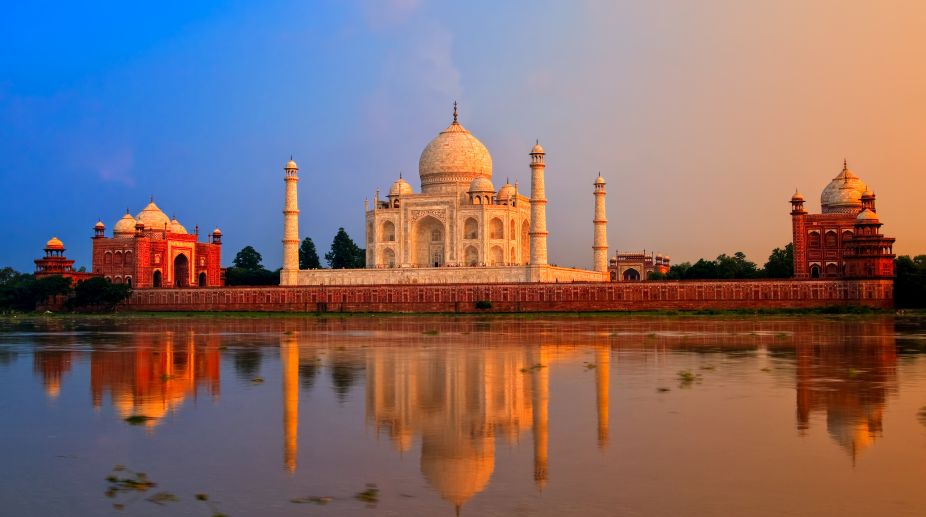Empowering Voters
Many skeletons are tumbling out of the cupboards of election bonds and many more will, highlighting the unholy nexus between political parties and businesses.

Representational Image (Photo: Getty Images)
The Archaeological Survey of India, mandated to protect ancient monuments, does not have record of demarcated area around marble wonder Taj Mahal in which any new construction is prohibited.
This strange fact came during a hearing before Central Information Commission wherein an RTI applicant had approached seeking the demarcated area around the Taj in which construction is not permitted.
The transparency law makes it obligatory on part of public authorities to disclose information sought by an applicant on the payment of Rs.10 unless it attracts any provisions which allow it to be withheld from disclosure.
Advertisement
The RTI applicant wanted information about demarcation of 500 metre boundary around the mausoleum of Mughal emperor Shah Jahan and his wife Mumtaj Mahal where new construction is prohibited.
The Central Public Information Officer (CPIO) of the ASI said the "record" is not available with them.
Irked by the response, Information Commissioner Sridhar Acharyulu said the government has a duty to regulate the construction activity around the protected monument of national importance such as Taj Mahal which was also declared a World Heritage Site in 1983 and attracts around three million visitors from across the globe every year.
Issuing a show cause notice to the CPIO for explaining denial of information, the Commission also directed the ASI to designate an official who would keep record of complaints on the harassment of residents in the protective zone.
The RTI Act mandates the ASI and the local government to inform the people about the area demarcated, houses included in it, roads and other parts to which regulation extends, the restrictions imposed, procedure of securing permission for maintenance work around Taj Mahal, Acharyulu stated.
"The ASI did not have make any such voluntary disclosure of this useful information which would have protected the monument. And when the appellant wanted that under the RTI Act, the ASI claimed that it did not have that record.
"If it does not know the demarcated area around the monument, how can it implement ASI Act and protect the monument from violators of constructions restrictions? How can they identify violators of the law and punish," he asked.
Information Commissioner Sridhar Acharyulu said as the ASI Director General grants permission for maintenance and repair, how can the ASI claim that they do not have or maintain such record.
"Appellant brought to the notice of the commission that because of denial of information about area, demarcation, details of houses… several plots remain empty, houses deteriorated and structures were crumbling and they could not be repaired," he underlined.
The appellant contended that besides affecting routine life, lack of information was leading to corrupt practices.
Acharyulu said it was a case of non-compliance of mandatory proactive disclosure under Section 4(1)(b), and denial of information under the RTI Act.
The Information Commissioner said the ASI has a duty to disclose authentic information after preparing in collaboration with Agra Development Authority.
According to Acharyulu, it is the duty of Agra Development Authority to demarcate the restricted area around the monument and inform about it to the residents of the locality.
"It is not correct on the part of public authority, the ASI, to deny information on rules, restrictions and areas under which public residing within prohibited zone around Taj Mahal. It is blatant violation of Section 3,6, and 4(1)(b) of the RTI Act," he said.
The commission would like to reiterate that Section 4 imposes a significant obligation of transparency on public authorities, which might effectively reduce corruption and also minimise the need of RTI applications, he said.
Advertisement